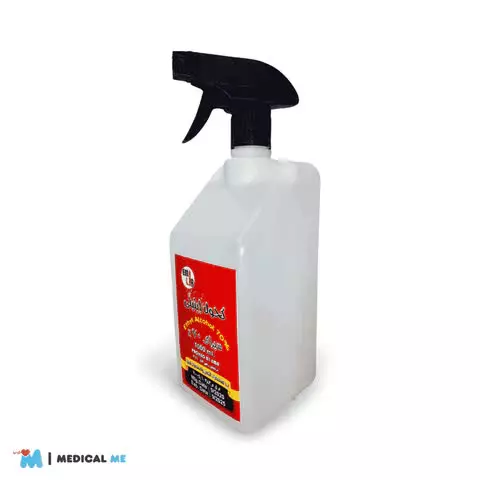
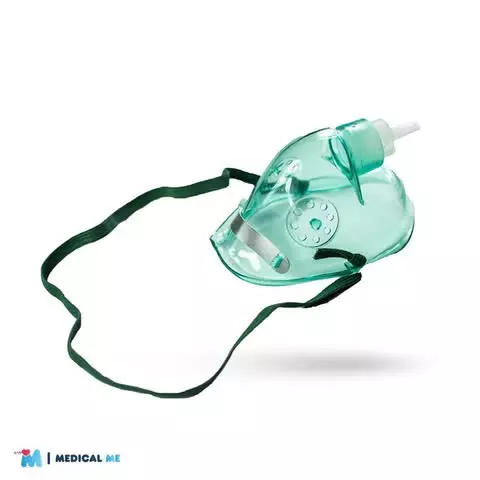
Oxygen Mask
EGP39.00
Oxygen, the elixir of life, is essential for our survival. When a person’s oxygen levels drop due to various medical conditions, injuries, or surgeries, oxygen therapy becomes a critical intervention. At the heart of this therapy is the humble yet indispensable oxygen mask.
- Oxygen mask is used with oxygen generators and ventilators.
- It is made of high-quality material
- Regulates the air flow.
- It allows exhalation to exit without allowing the outside air to enter during inhalation.
- There are Two types of face masks: Childrens’ and adults’ mask.
The Role of the Oxygen Mask:
- Concentration Control: masks allow healthcare providers to adjust the concentration of oxygen delivered to the patient, ensuring that they receive the appropriate amount to maintain or improve their oxygen levels.
- Comfort and Fit: Modern oxygen masks are designed for comfort and proper fit, minimizing air leakage and ensuring that oxygen is effectively delivered to the patient’s airway.
- Aerosol Delivery: In some cases, masks can be used to administer nebulized medications, helping individuals with respiratory conditions receive both oxygen and prescribed medications simultaneously.
Types of Oxygen Masks:
- Nasal Cannula: While not technically a mask, nasal cannulas are often used to deliver low-flow oxygen. They consist of two small prongs that fit into the nostrils and are secured around the ears.
- Simple Oxygen Mask: This mask covers the nose and mouth and is held in place with an elastic strap. It is suitable for delivering higher concentrations of oxygen.
- Venturi Mask: These masks feature an adjustable vent that allows precise control of oxygen concentration. They are commonly used in acute care settings.
- Non-Rebreather Mask: Equipped with a one-way valve and reservoir bag, this mask delivers high concentrations of oxygen and is used for emergency situations.
| Weight | 1 kg |
|---|---|
| Age | Adult, Child |
0.00
0 reviews
| 5 |
|
0 |
| 4 |
|
0 |
| 3 |
|
0 |
| 2 |
|
0 |
| 1 |
|
0 |
Only logged in customers who have purchased this product may leave a review.
Related Products
Out of stock
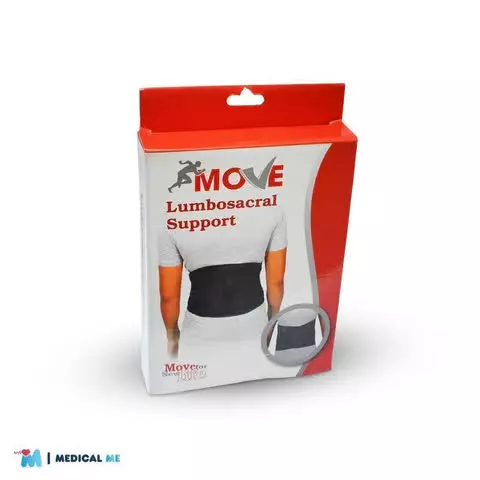

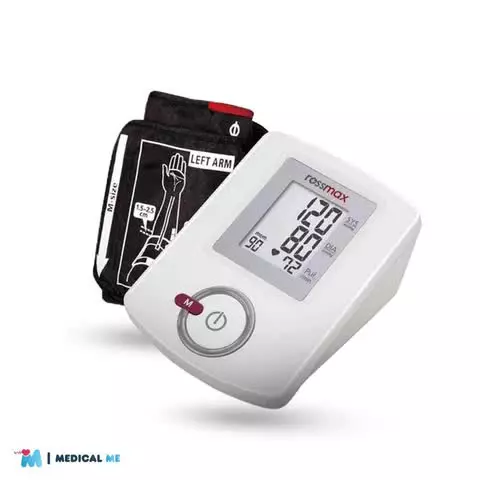
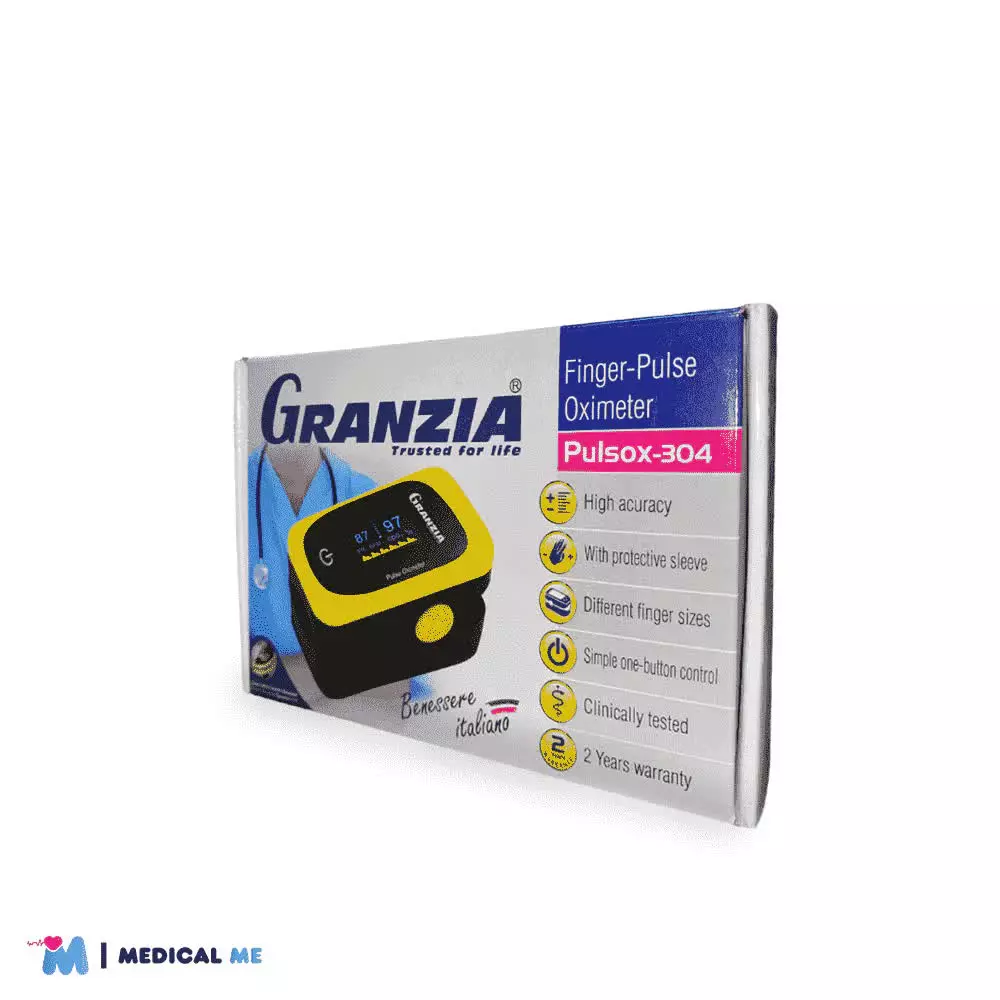
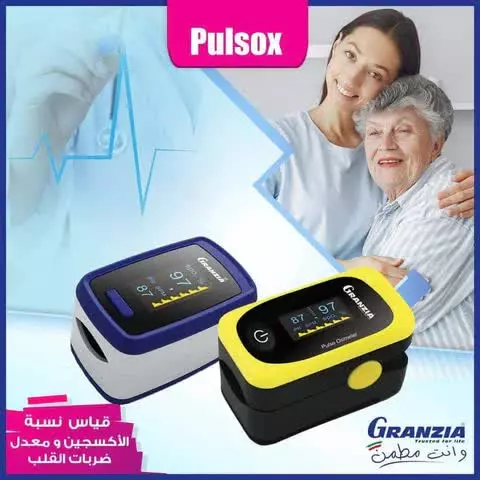
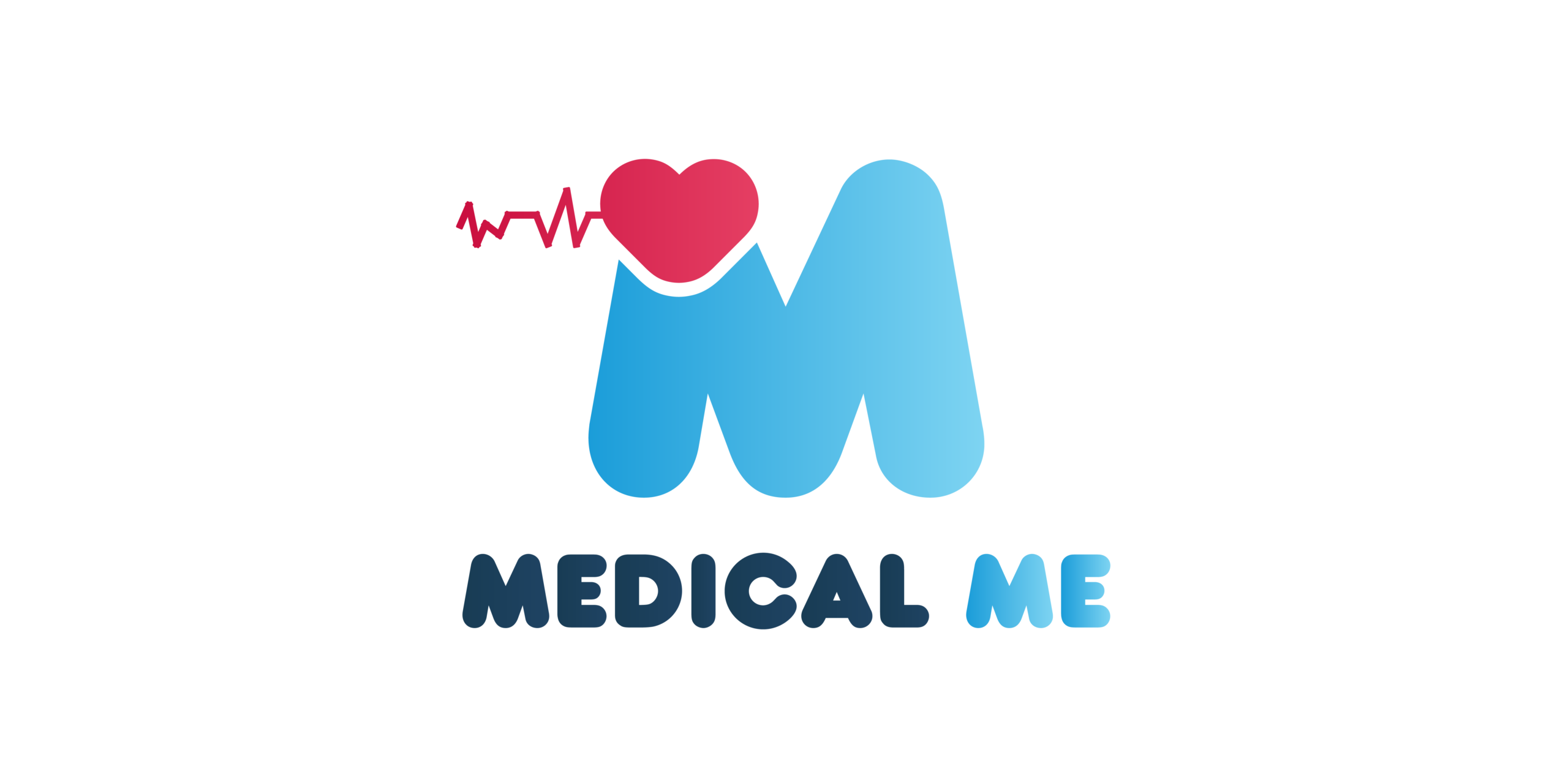



Reviews
There are no reviews yet.